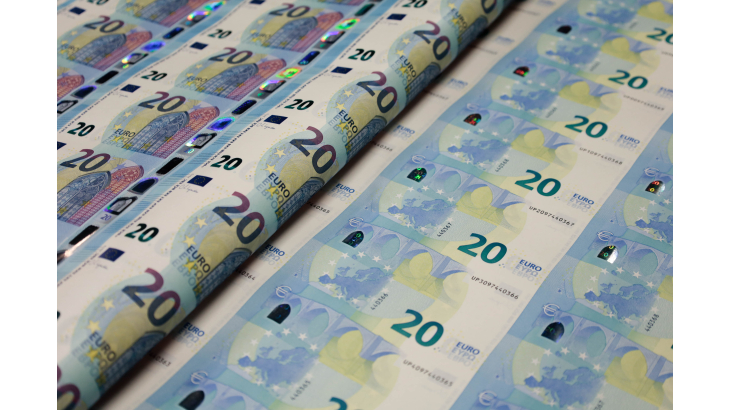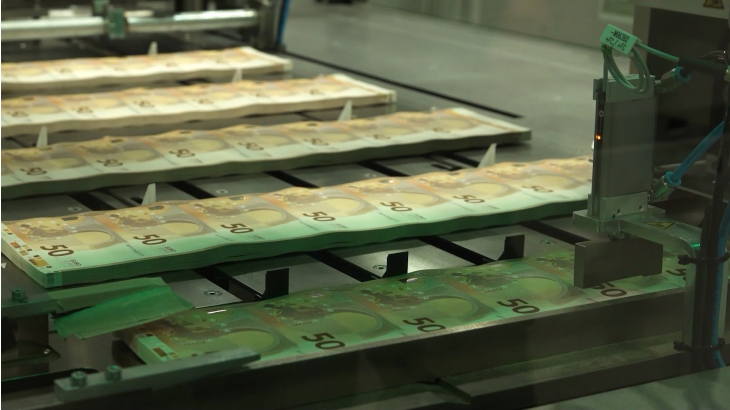Banknotes: of critical importance for the economy
As co-guarantor along with the Eurosystem of confidence in the euro, the Banque de France performs a number of core tasks for the cash industry: it is responsible for national cash management policy, banknote manufacturing, putting banknotes and coins into circulation and performing checks on banknotes returned to circulation. It is a key player in the cash industry and oversees the modernisation of the sector in liaison with its customers.

